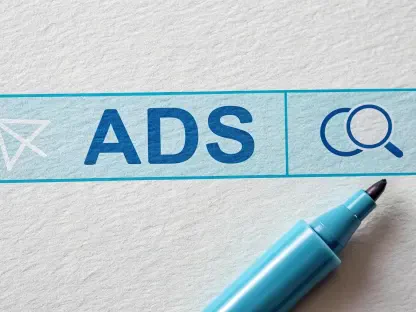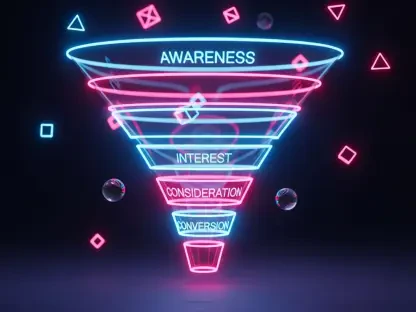Milena Traikovich is renowned for her expertise in crafting strategic campaigns that nurture high-quality leads. In her role as a Demand Gen expert, Milena excels in analytics and performance optimization, helping businesses stand out in a cluttered market. Today, Milena shares her insights on how a small indie game, “Schedule I,” became a viral phenomenon without relying on traditional advertising.
Can you explain how the four-player co-op design in Schedule I contributes to its shareability?
The four-player co-op design of “Schedule I” is central to its shareability because it opens up a wide range of unpredictable and often humorous scenarios. Allowing multiple players to engage in a single game session naturally creates organic moments of chaos that are uniquely entertaining. These experiences become ready-made clips for sharing because they don’t require additional editing or orchestration. Friends can easily capture and share these moments, making them perfect for platforms where humor and spontaneity are highly valued.
How was the visual aspect of Schedule I optimized for TikTok?
Optimizing visuals for TikTok was crucial in making “Schedule I” a viral hit. The team focused on crafting key animations that could loop seamlessly, ensuring that clips captured from the game fit perfectly into TikTok’s vertical format. This meant tweaking animations so they replay naturally, keeping viewers engaged longer. Additionally, by streamlining the UI, they ensured that screen recordings remained clean and focused, which is important for maintaining viewer attention and preventing distraction from the core visual elements.
Can you share the story behind the Reddit post that sparked interest in Schedule I?
The pivotal Reddit post centered around the developer’s candid concern about the game’s name and whether it might be hurting potential interest. This sparked widespread attention because it showcased vulnerability and authenticity. The discussion and the developer’s openness about the naming journey created a human connection with the community, which was pivotal. People were intrigued by this transparency, which led to greater interest in the game and generated positive press coverage. It allowed the community to feel invested in the game’s development, altering their perception of the creators as approachable and genuine.
What role did community engagement play in the early success of Schedule I?
Community engagement was indispensable to the early success of “Schedule I.” By actively involving the community in dialogue and being receptive to feedback, the development team fostered a strong sense of involvement from their audience. This open relationship encouraged gamers to share their experiences and spread the word about the game, significantly boosting its launch and initial traction. Embracing the community’s insights didn’t just shape the game’s reception; it turned players into brand advocates who felt personally connected to the game’s journey.
In what ways did Schedule I’s marketing strategy differ from traditional approaches?
“Schedule I” broke away from traditional marketing by embedding shareability directly into its game design. Instead of pouring resources into ads, the focus was on crafting moments within the game that players naturally wanted to share. By prioritizing organic player-driven content over conventional advertising methods, the team leveraged social media to amplify their reach effectively and cost-efficiently. This approach not only increased visibility but also built a community-driven narrative around the game, allowing it to thrive on social platforms without the need for a large marketing budget.
How did the game manage to sell six million copies and generate hundreds of millions of views?
The success of “Schedule I” in selling six million copies and racking up substantial views is predominantly attributable to the deliberate design choices that encouraged sharing. The gameplay, engineered for creating spontaneous, funny situations, was highly shareable and resonated with audiences. Social media platforms acted as catalysts, transforming individual play sessions into content consumed by millions. The role of organic sharing was paramount, as it allowed the excitement and momentum around the game to continue growing well beyond its initial launch phase.
What lessons can other indie developers take from Schedule I’s approach to marketing?
Other indie developers can learn the importance of building shareable elements directly into their games from “Schedule I.” Prioritizing moments that naturally encourage players to record and share content can substitute expensive marketing efforts. Embracing community feedback as a tool for growth and showcasing authenticity can foster deeper connections with players. The key takeaway is to design with social interaction in mind, allowing the game itself to become a viral engine that fuels ongoing engagement and discovery.









